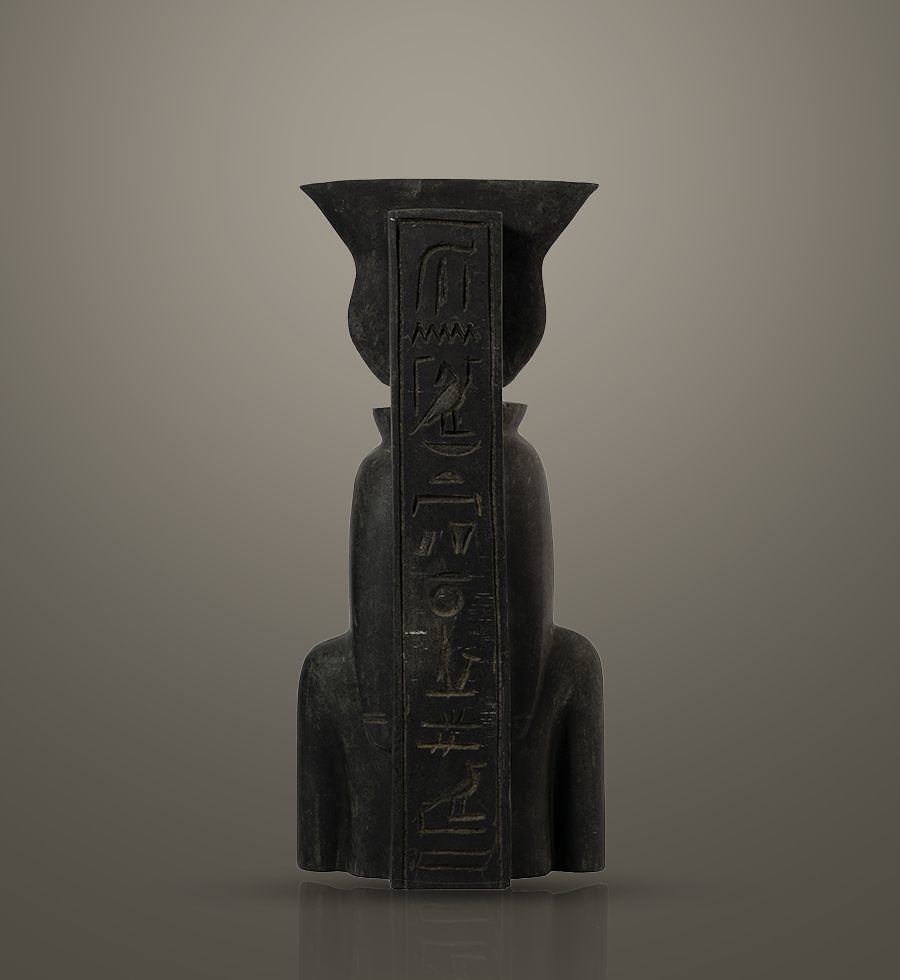The Statue of Hathor – Goddess of Music, Fertility, and Protection
Hathor, one of the most loved goddesses in ancient Egyptian mythology, played a vital role in many aspects of life. She was the goddess of music, fertility, love, and joy, which made her one of the most revered figures in both royal and common lives. Often depicted with a cow’s head or adorned with cow horns, she symbolized nurturing qualities and the power of motherhood. Egyptians honored her for her protective and maternal powers, especially in childbirth and raising families.
In ancient Egypt, people regarded Hathor as the wife of Horus, the sky god, and the mother of the pharaohs. In addition, she symbolized the union between the gods and humanity. Egyptians worshipped Hathor through music, dancing, and festivals held in her temples. Women, therefore, turned to her for protection and blessings, especially in matters of fertility. This statue, depicting her divine form, reflects her joyful and protective spirit.
Moreover, Hathor held a critical role in the afterlife. Egyptians believed she guided the souls of the dead through the underworld, ensuring their safety as they journeyed toward eternal life. Her dual roles in life and death made her one of the most beloved deities across all classes in Egypt. People believed that her protective powers would safeguard them in both this life and the next.
Owning a statue of Hathor, therefore, was considered a way to invite her blessings of joy, fertility, and protection into one’s home. This handcrafted piece, with its attention to detail and cultural significance, brings the spirit of Hathor to life. Whether as a home décor piece or a symbolic figure, this statue serves as a powerful reminder of ancient Egyptian mythology and the goddess’s enduring influence.
For more insights into the mythology of Hathor, visit The Met Museum’s Hathor Collection. Additionally, you may explore related products, including Statue of Isis.




Reviews
There are no reviews yet.